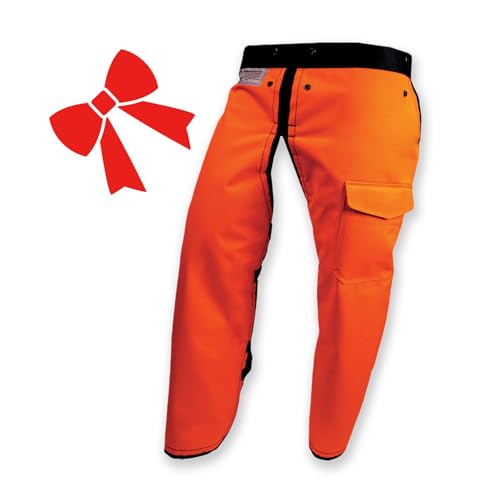In 2006 I made this:

In 2007 it was this;

And this - I guess you are sick of seeing this yet again.

In 2008 BIL was upgraded to this

In 2009 BIL got another upgrade to this

Plus I made this

Well it's nearly 3 months into 2010 and the alaskan CS mill building bug has hit again and I'm looking for ideas. A couple of constraints - it has to be small enough to be able to be picked up and carried or wheeled by me 40 yards down a narrow pathway (2'6" wide) to the back of my place where my shop is. I'm also probably largely going to stick to scraps and pieces of ally and steel I already have in my shed. For example I have a real nice set of spare 54" ally rails from the original BIL mill, but I will buy any material if the idea warrants it. For powerheads I have a 441, 066, 076 and 880. I was thinking about something that maybe puts the 076 back into service - I really like using that powerhead. I have bars from 20 to 60", but am also considering a double ender.
What I'm really looking for at this stage is thoughts on "what bugs you about alaskan/CS mills that you have used and how do you think they can be improved"?
I have a few ideas but I'm just casting the net and seeing what comes up.
Progress will be slow because I will be spending more than 4 months away from home this year.
Cheers
In 2007 it was this;
And this - I guess you are sick of seeing this yet again.
In 2008 BIL was upgraded to this
In 2009 BIL got another upgrade to this
Plus I made this
Well it's nearly 3 months into 2010 and the alaskan CS mill building bug has hit again and I'm looking for ideas. A couple of constraints - it has to be small enough to be able to be picked up and carried or wheeled by me 40 yards down a narrow pathway (2'6" wide) to the back of my place where my shop is. I'm also probably largely going to stick to scraps and pieces of ally and steel I already have in my shed. For example I have a real nice set of spare 54" ally rails from the original BIL mill, but I will buy any material if the idea warrants it. For powerheads I have a 441, 066, 076 and 880. I was thinking about something that maybe puts the 076 back into service - I really like using that powerhead. I have bars from 20 to 60", but am also considering a double ender.
What I'm really looking for at this stage is thoughts on "what bugs you about alaskan/CS mills that you have used and how do you think they can be improved"?
I have a few ideas but I'm just casting the net and seeing what comes up.
Progress will be slow because I will be spending more than 4 months away from home this year.
Cheers
Last edited:


























































